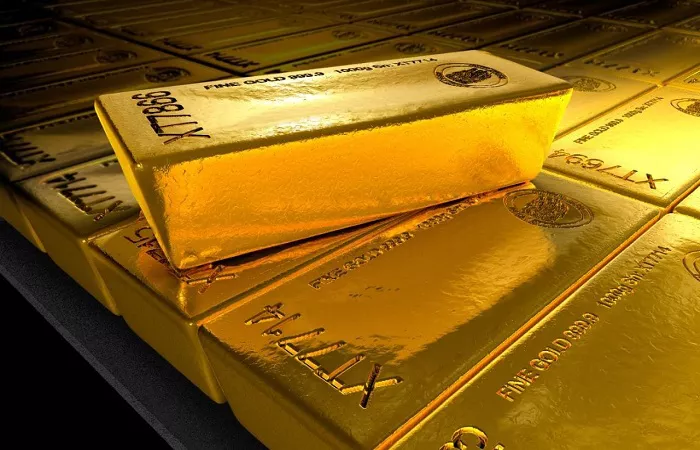Gold prices surged sharply in Asian trade on Monday, hitting an all-time high as safe-haven demand intensified following reports that U.S. President Donald Trump was considering imposing broader and higher trade tariffs this week. Gold’s impressive run throughout March continues, as the precious metal hit a series of record highs, driven by increasing investor risk-aversion amidst escalating concerns over Trump’s tariff policies and their potential economic fallout.
Record Highs for Gold
Spot gold raced to a record high of $3,115.96 per ounce, while gold futures for June delivery reached $3,147.00/oz. These price surges come amid rising fears that the looming tariffs would deepen global trade tensions, while the U.S. dollar retreated, further boosting gold prices.
Tariff Concerns Drive Gold Demand
The Wall Street Journal reported that Trump is considering higher tariffs against a broader group of countries, with a potential reciprocal tariff announcement on April 2. This has triggered fears of an escalating trade war that could severely affect global economic stability.
Trump’s tariffs include a 25% levy on automobiles, set to take effect from April 2, alongside the expiration of sector exemptions for Canada and Mexico. Further tariff threats on semiconductors, key commodities, and pharmaceuticals are raising alarm among investors.
Economic Fears and Recession Worries
In addition to tariff concerns, increasing fears of a U.S. recession have further fueled gold’s rise. Goldman Sachs has raised the probability of a recession to 35% in the next 12 months, up from a previous 20%. The investment bank also warned that Trump’s tariffs could increase inflation and stifle economic growth. Goldman Sachs forecasts core PCE inflation to rise to 3.5% by 2025, while U.S. GDP growth could slow to just 1% this year.
This gloomy economic outlook has significantly dampened risk appetite, leading investors to gold as a hedge against both geopolitical tensions and economic instability.
Mixed Performance in Other Metals
While gold led the rally, other precious metals showed mixed results. Platinum futures held steady at $1,001.25/oz, while silver futures rose by 0.7% to $35.065/oz. However, industrial metals like copper faced declines. Copper futures on the London Metal Exchange fell by 0.3% to $9,747.50 per ton, while U.S. copper futures dipped by 0.7% to $5.0955 per pound.
Despite stronger-than-expected purchasing managers’ index data from China, which is the world’s largest copper importer, copper prices faced downward pressure. The ongoing tariff threats, especially from Trump’s potential 25% tariffs on copper, continue to create uncertainty in the industrial metals market.
Conclusion
As the market braces for Trump’s tariff announcements on April 2, gold remains the standout asset, with its price hitting historic highs above $3,100 per ounce. The fear of a trade war and the prospect of stagflation in the U.S. are expected to continue driving gold’s demand, with investors seeking safe-haven assets. However, with markets now on edge, a short-term correction in gold could be possible if tariffs fall below market expectations.
Related topics:
- What is the Value of 18K Gold?
- Why Does Gold Price Increase During War?
- What is the Best Price Being Paid for Gold Sovereigns?


